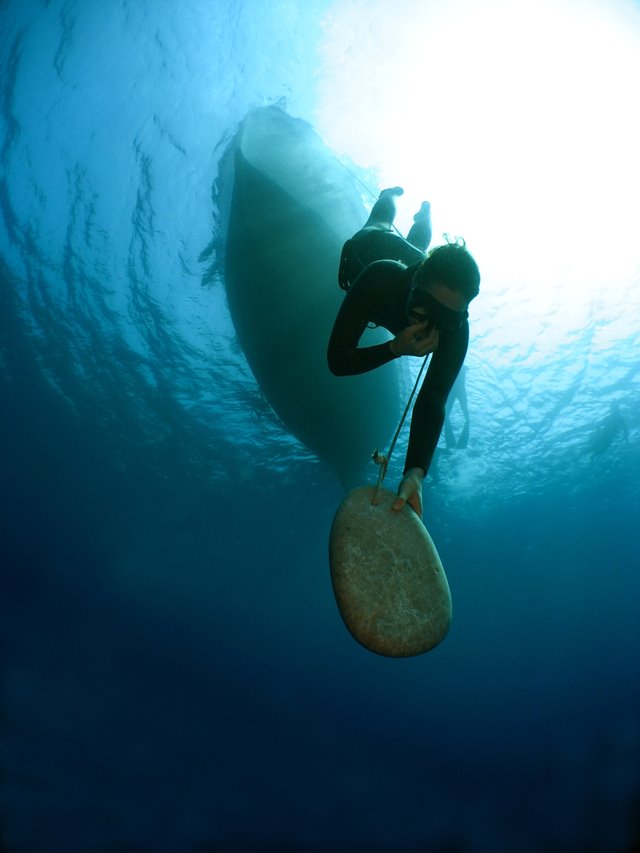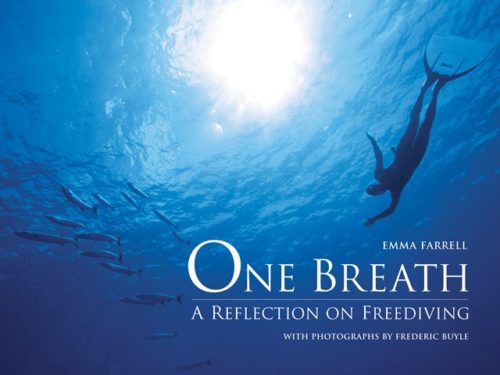The history of freediving
What happens to your fingers when you have a long bath?
What is today an amusing quirk and source of fun for small children was, to our pre-historic ancestors, an extremely useful evolutionary adaptation: wrinkled fingertips improve your grip on objects in water. It’s just one of the many ways our bodies are adapted for a semi-aquatic lifestyle, and just one piece of evidence showing that we humans and our ancestors have been freediving for millennia.
The ancient Chinchorro people, who lived 9,000 years ago in what is today Chile and Peru, freedived for food – their well-documented practice of mummification enabled archaeologists to identify physical evidence of regular, extended periods of time diving in the coastal waters they called home. The female Ama divers of Japan, with a heritage stretching back 2,000 years, still dive traditionally without the aid of scuba as they hunt for pearls and seafood. And Greeks have been freediving for sponges since Plato’s time, using stone weights called skandalopetra to help them descend and remain on the seabed for 5 minutes at a time.
Freediving in the present day
Freediving continued to be relevant in even relatively recent times. In 1913, a diminutive Greek man called Stotti Georghios, half-deaf due to perforated eardrums and suffering from pulmonary emphysema, used a skandalopetra to freedive to 60 metres in order to retrieve an lost anchor from an Italian warship – inadvertently replicating a feat commonly carried out by specialist Roman soldiers during the first and second centuries.
Over time, with the advent of reliable underwater breathing equipment, freediving has become less about sustenance, commerce and salvage and more about sport and leisure. Since the first officially documented world record dive in 1949 (a relatively meagre 30 metres), modern freedivers have enjoyed the pastime for reasons as diverse as spearfishing, underwater wildlife photography, exploration, and sports such as Octopush.
Learn more about the history of freediving and one woman’s relationship with the sport in this beautiful book:


